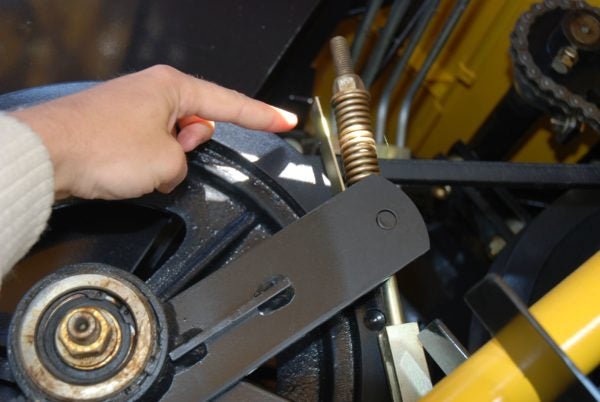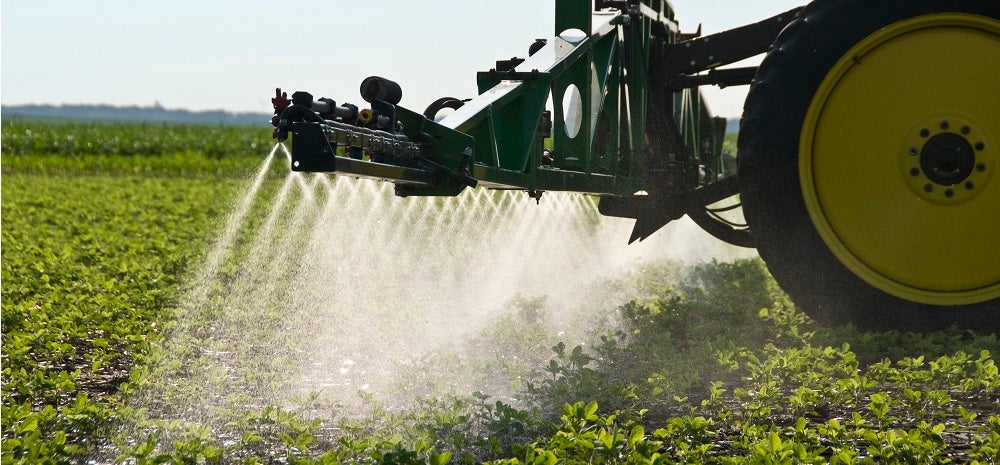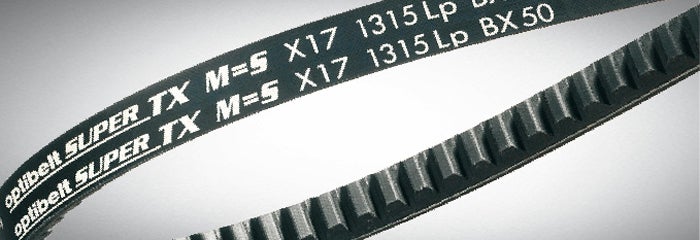V-Belts Are the Drive of Your Machine. This is What You Need to Know!
V-Belts are a very important component of the drive systems in harvesting machines. Checking their condition and tension is an essential activity to be carried out every pre-season, it is also key during daily inspection of the machine. We offer some advice on how to do this and how to choose the right belt.
The V-Belt has a trapezoidal section and is structured as the so-called rim with no end. This shape provides a high value of friction force at low belt pre-tension. Frequently, several V-belts are used in a single belt transmission in order to transfer more power at high speeds, for example in lawnmowers or forage harvesters. In turn, several V-belts of the same length, combined using an elastic cover belt, are called joint belts. These can carry higher loads than, for example, classic or narrow profile belts with the same ridge width.
Check Tension and Wear
When we check the tension of the belts, they must be tight, obviously. In the case of some machine assemblies, for example the hedge drive or the threshing machine, they are loosened when the engine is not running. In the manual contains the procedure (The instruction manual contains the procedure) for stopping the machine without loosening the belts.

Too little tension will cause the belt to slip – often only at full load operation of the machine. This is the reason for incorrect operation of the driven units. The worst thing is that the slipping belt gets very hot, can start to "burn" and thus (can) often cause fire. In addition, the belt is designed to operate at a maximum temperature of 70-80°C (in some cases even up to 100°C). Above this value, the belts wear faster.
Excessive tension, on the other hand, reduces the life of the belt, causes its cracking and significantly faster wear and tear of the pulley bearings, as they will work under too much load. There are no problems with the correct tension when there an automatic tensioner is equipped, as the correct tension is provided by the spring.
So again, the wrong tension or adjustment can lead to problems and unnecessary damage. In this article, we listed for you a brief explanation of what to keep in mind when replacing a V-Belt.

Do Not Be Hesitant With the Replacement
It is worth remembering that the most common cause of damage to drive belts is simply material ageing: rubber wears out and loses elasticity, fibres lose their strength. Therefore, at least in the case of susceptible drive systems, it is better not to wait for visible damage and to replace the belt after a certain period of use, even though it still seems to work. Remember: the belt "wears out" even when the machine is not in use. That is why it often comes as a surprise when a combine harvester enters a field for the first time in a season and breaks down, even though the machine was running smoothly to the end of the last year.
After replacing the belt with a new one, the tension has to be pre-adjusted and the machine has to be started so that the mechanism works for a while, and after switching off, the tension has to be checked again.
Belt Selection
V-Belts dimensions are standardised. The basic markings include: width, height, length and profile marked with the appropriate symbol.
So, in order to choose the right belt, without knowing its marking, you first need to measure the width of the old V-Belt with a caliper, and then its height and length (usually the external length is sufficient).

It is worth knowing that a given belt can be offered in several quality versions. Some manufacturers even sale three versions of V-belts, e.g. standard, reinforced and super (marked with green, yellow and red inscriptions respectively). The quality differences of these belt types stem from the permissible speeds, temperature resistance and overload resistance. This is especially important for agricultural machines, as they must be highly resistant to oils, greases and mineral fats. In practice, using a higher quality belt usually means a longer service life.

Are you going to get started with V-Belts? Read carefully what you must do to use the drive of your machine in the best way. Do you need advice? Contact one of our experts.

